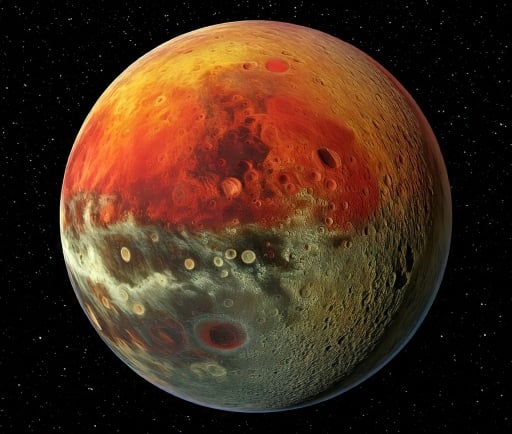BLG-1691L B: In the Ophiuchus Constellation


Introduction to BLG-1691L B
Located approximately 23,777 light years from Earth, BLG-1691L B is an intriguing exoplanet orbiting the constellation Ophiuchus. This distant body has captured the attention of astronomers due to its unique characteristics and the method by which it was discovered.
The Discovery Method: Microlensing
BLG-1691L B was detected using a phenomenon known as gravitational microlensing. This method involves the bending of light from a distant star by the gravitational field of a massive object—such as a planet or star—located in the foreground. When BLG-1691L B passed in front of its host star, it created a temporary magnifying effect, allowing researchers to observe the planet despite its great distance. This approach not only aids in identifying exoplanets but also provides valuable data about their atmospheric conditions and masses.
Characteristics of BLG-1691L B
In terms of its physical attributes, BLG-1691L B has a reported mass of approximately 0.4 solar masses, indicating that it is a relatively low-mass object compared to other known exoplanets. Its orbital radius ranges between 0.19 to 0.34 astronomical units (AU), positioning it much closer to its star than Earth is to the Sun. This proximity is crucial for understanding the potential climatic conditions on the planet and its ability to support any form of life, albeit under different parameters than those existing on Earth.
The Importance of Studying BLG-1691L B
Understanding exoplanets like BLG-1691L B enhances our knowledge of planetary formation and evolution. This discovery opens up avenues for further research in the field of astrophysics, particularly when studying similar exoplanets within the Ophiuchus constellation. The information gathered from microlensing events paves the way for identifying habitable zones and estimating the conditions necessary for life on other planets.
Conclusion
BLG-1691L B serves as a significant puzzle piece in the expansive mosaic of our universe. As technology and methodologies in astronomy advance, so too will our capacity to chart the cosmos and uncover the secrets that distant exoplanets hold. The continued exploration of such unique celestial bodies will contribute to our ultimate quest for knowledge about our place in the universe.
